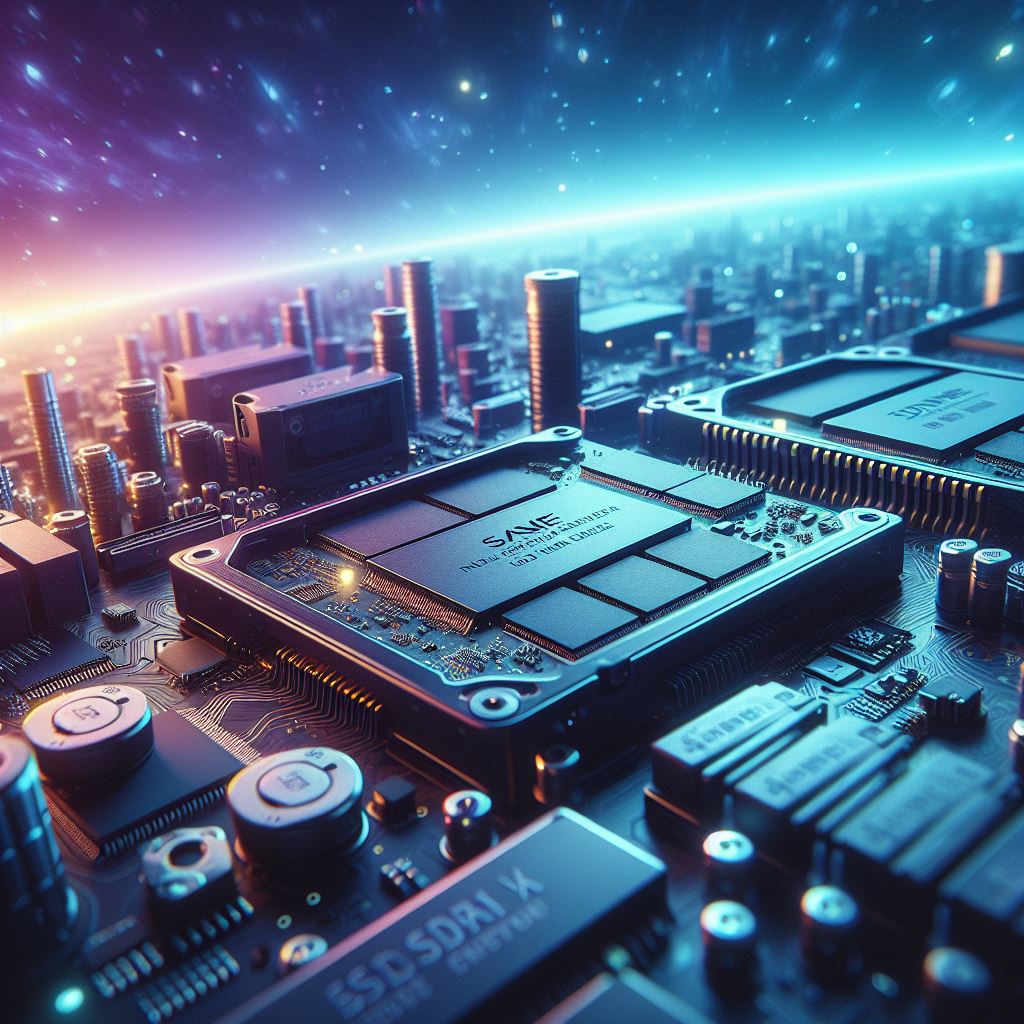Key Takeaways
| Feature | NVMe SSD | SATA SSD |
|---|---|---|
| Speed | Very Fast | Fast |
| Price | Higher | Lower |
| Compatibility | Requires compatible slot | Widely compatible |
| Best For | High-end gaming, data-intensive work | General computing, budget builds |
Introduction
Solid State Drives (SSDs) have revolutionized the way we store data — they're quick, reliable, and more durable than traditional hard disk drives. We, the tech enthusiasts, are constantly on the lookout for the best storage solutions. In this guide, we'll break down the differences between Non-Volatile Memory Express (NVMe) and Serial ATA (SATA) SSDs to help you pick the right one for your needs.
Section 1: What is SATA SSD?
The SATA interface has been a mainstay in data storage since its introduction. SATA SSDs, connected via a SATA port, are common due to their affordability and consistent performance.
A brief history lesson: SATA technology has evolved through various revisions, with SATA III currently being the standard with a transfer rate of 6 Gbps.
Section 2: What is NVMe SSD?
Enter NVMe: a storage protocol designed specifically for SSDs to take advantage of their speed over traditional mechanical drives. NVMe SSDs connect via a PCIe slot, providing a direct pipeline to the system's CPU — enabling dazzlingly fast data transfer rates that can exceed 3000 MB/s.
Benefits of NVMe over SATA include:
- Significantly higher data transfer speeds
- Improved power efficiency
- Better performance under heavy workloads
Product Image:
 "Kingston 2 TB Solid State Drive - M.2 2280 Internal - PCI Express NVMe"
"Kingston 2 TB Solid State Drive - M.2 2280 Internal - PCI Express NVMe"
Learn More About NVMe SSDs:
Explore Our NVMe SSD Collection
Section 3: Comparing NVMe and SATA SSDs
Let's get technical:
- Speed and Performance: NVMe SSDs boast impressive speeds that can shorten loading times dramatically, while SATA SSDs are slower but still outperform HDDs.
- Compatibility and Use Cases: NVMe requires newer motherboards with a compatible slot, suitable for high-performance computing. SATA drives fit a wider range of systems and are excellent for general use.
- Price Differences and Market Trends: The cutting-edge technology of NVMe comes at a higher price point. SATA SSDs, on the other hand, offer a more cost-effective option with ample speed for typical tasks.
Section 4: Which SSD is Right for You?
When it comes down to it, your choice of SSD should align with your computing needs:
- NVMe SSDs — Ideal for gaming rigs, creative professionals, and anyone who desires rapid data transfer.
- SATA SSDs — Suitable for everyday computing, office work, and budget-friendly PC builds.
Section 5: Future of SSD Technology
The future is bright for SSDs — technology advancements are anticipated to further enhance speed and reduce cost. NVMe and SATA will continue to evolve, potentially giving rise to new standards that could redefine storage once again.
Conclusion
Both NVMe and SATA SSDs serve their purpose in our digital lives. While NVMe leads the pack with speed, SATA holds its ground as a budget-friendly alternative. No matter which route you take, SSD technology is sure to elevate your computing experience.
Consider your storage needs, and select the SSD that aligns with your aspirations.
See All SSD Options:
Check Out Our Comprehensive Storage Solutions
This article provides a straightforward, informative view on the different types of SSDs available and guides readers to make an informed decision. The selected product images and internal links enhance the content by offering visual cues and easy navigation to related products.

